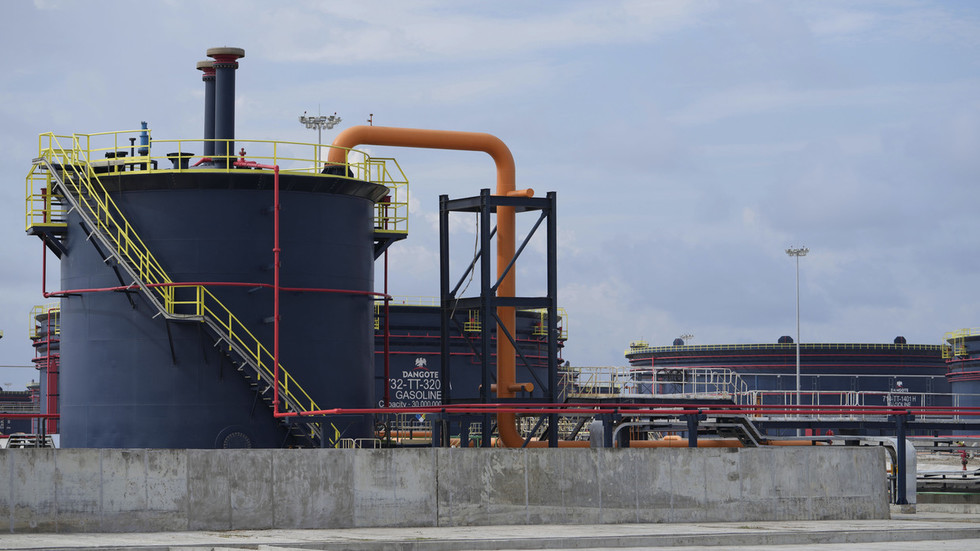
When President Donald Trump ducked out early from a meeting with G-7 nations in the Canadian mountain resort of Kananaskis on June 16, he said he needed to get back to Washington as strikes escalated between Israel and Iran. He didn’t like relying on phone calls, he told reporters on Air Force One, and he wanted to be a “little bit, I think, more well versed.” For the normally freewheeling Trump, it was a sign of the gravity of the moment, a rare acknowledgement that he didn’t have enough information to handle a hair-trigger situation.
[time-brightcove not-tgx=”true”]The stakes for America are high. Backed into a corner by Israel’s surprisingly effective attack, Tehran could decide to turn its proxy terrorist forces against the U.S. in the region and beyond. The strategic rapprochement between Israel and Arab states hangs in the balance as conflict threatens to spread. More broadly, the outcome of the war could decide whether the U.S. commits another generation of troops to the Middle East, once again diverting American might from countering China’s expansion in the Pacific.
At the same time, an Israeli defeat of Iran could open a new era of Arab-Israeli cooperation, defang Tehran’s regional militias, and deliver a blow to China, which had sought to bolster Tehran as a regional counterweight to the U.S. “You’ve got this axis with Beijing at the core,” argues Matthew Pottinger, former Deputy National Security Adviser during Trump’s first term.
Read more: A New Middle East Is Unfolding Before Our Eyes
The U.S. could tip the balance either way, but Trump is constrained in how he manages the conflict. It’s been four years since the disastrous U.S. pullout from Afghanistan. Trump campaigned on not getting the U.S. into more wars, and some of the fiercest opposition to further entanglement is coming from his own MAGA base.

Trump has already beefed up the U.S. military presence around Israel and Iran, ordering another guided-missile destroyer to the waters off Israel and directing the U.S.S. Nimitz aircraft carrier and its strike group to change course in the Pacific and motor toward the Arabian Sea.
Read more: How Netanyahu Pushed Trump Toward War
Iran sits at one of the world’s most important strategic crossroads. Nearly one-third of the world’s crude-oil production passes through the Strait of Hormuz—and within 30 miles of Iran’s coastline. Tanker ships have been warned to sail closer to the coast of Oman, on the western side of the strait. Amid the massive military mobilization, maritime alerts are warning shipping vessels that “electronic interference” could jam their navigation equipment.
For Trump, a direct Iranian attack on the U.S. would trigger a military response. Iran ordered an assassination attempt against Trump and tried to kill an Iranian-American journalist living in Brooklyn. “The fact that they have been open in these threats tells me they don’t believe they are facing credible retaliatory risk from the United States,” Pottinger says. “The Israeli strikes might inject some reality into their calculus. But Iranians have been known to miscalculate on many occasions.”
After his return to Washington, Trump issued noticeably more hostile rhetoric. He called for Iran’s “unconditional surrender” and chastised its leaders for not taking talks more seriously. “Why didn’t you negotiate with me two weeks ago? You could have done fine. You would have had a country,” he said. Now all bets are off for Iran, and the U.S.

 4 hours ago
3
4 hours ago
3









